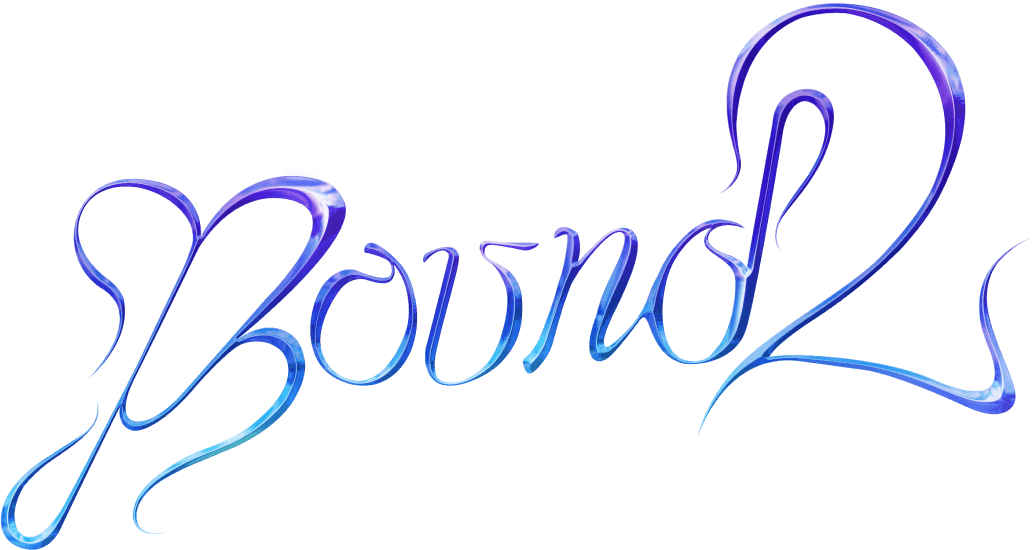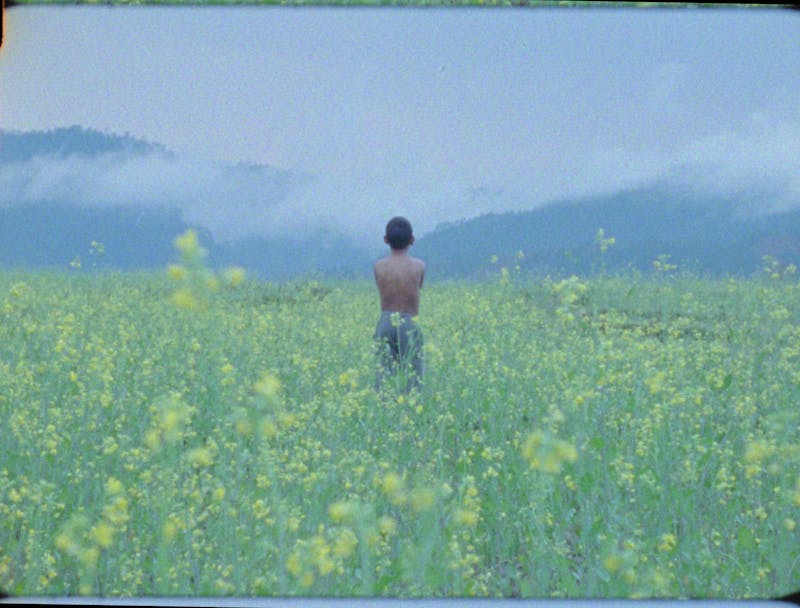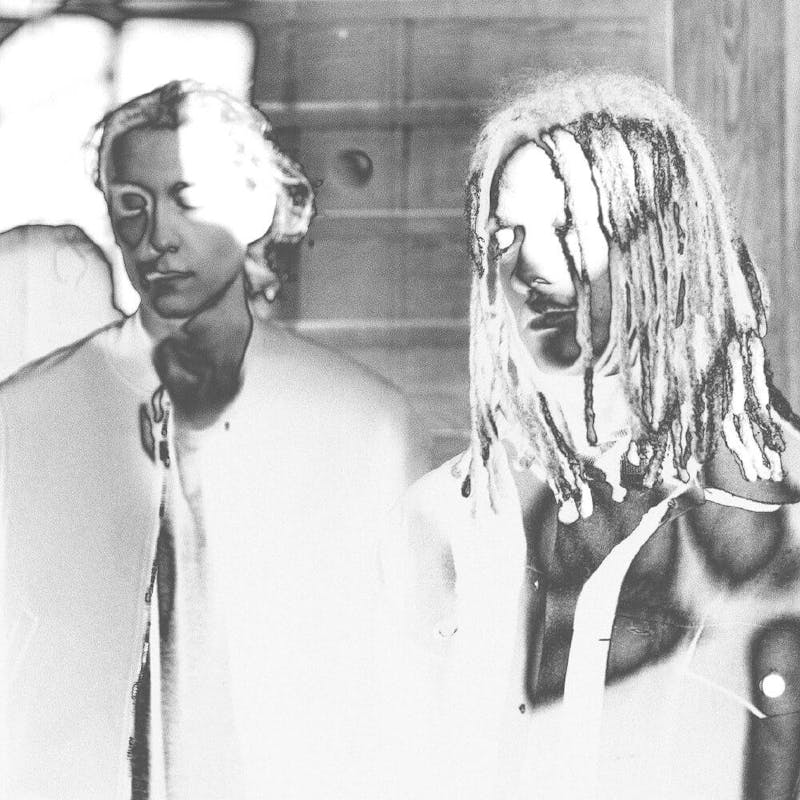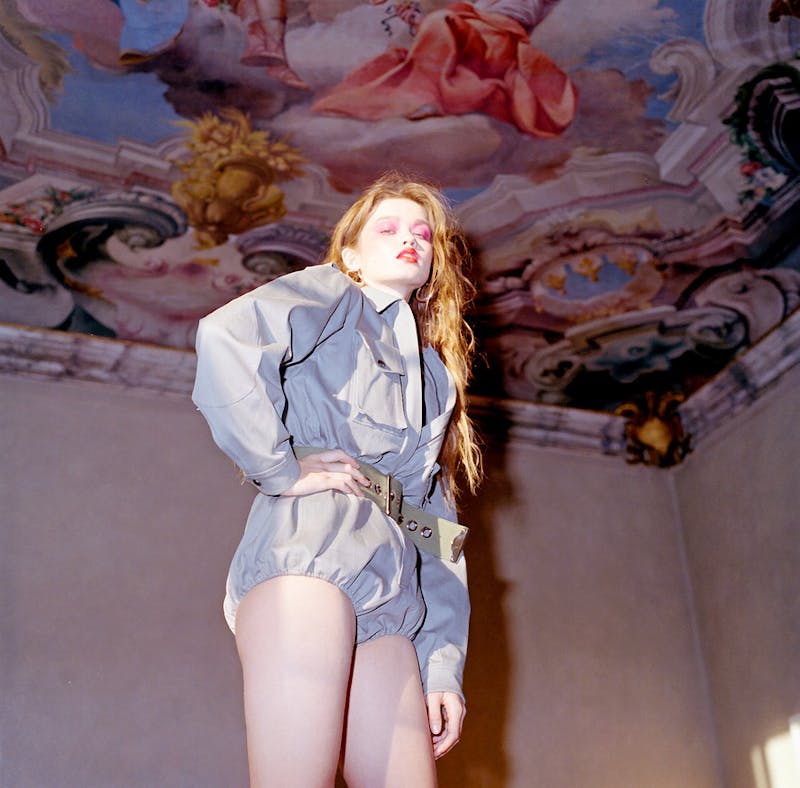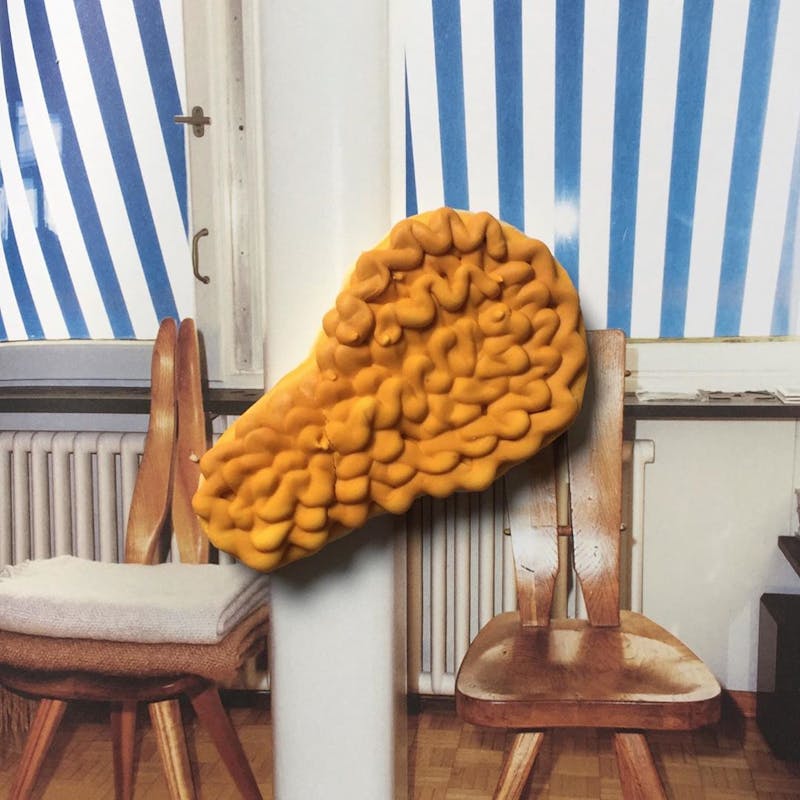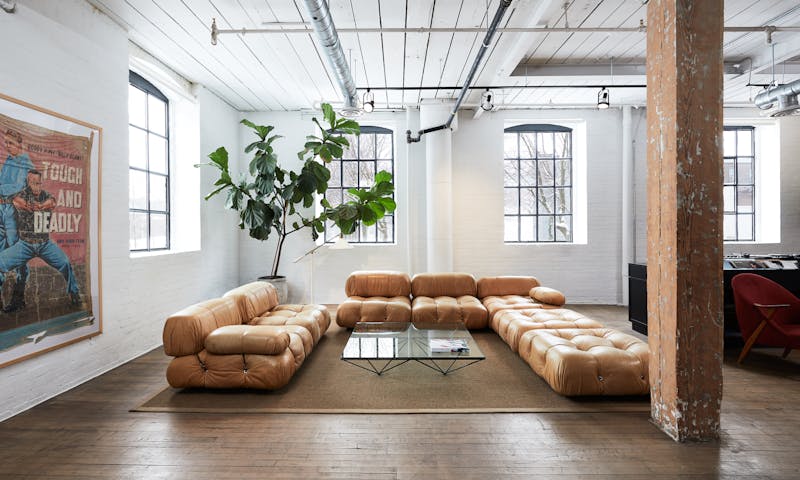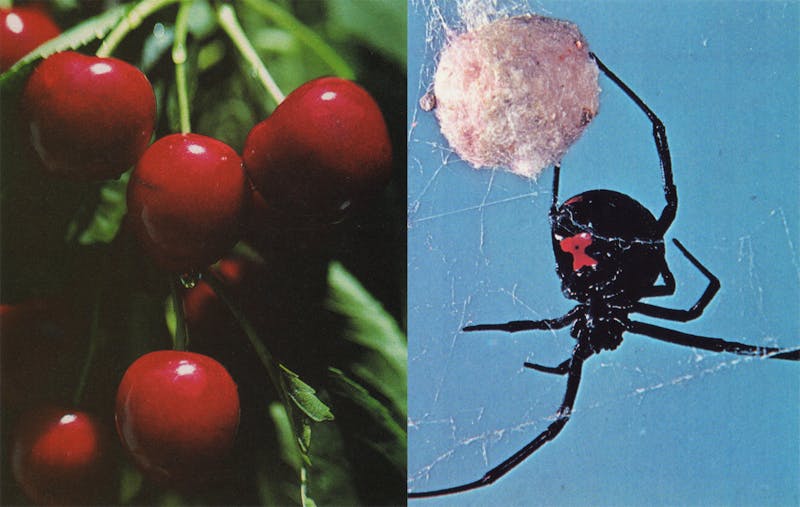Information
On Practices is an editorial platform for dialogue on building and maintaining creative practices. Each round features ten interviews from ten people to provide stories and insights for establishing a practice in these confusing times. A project by 56.
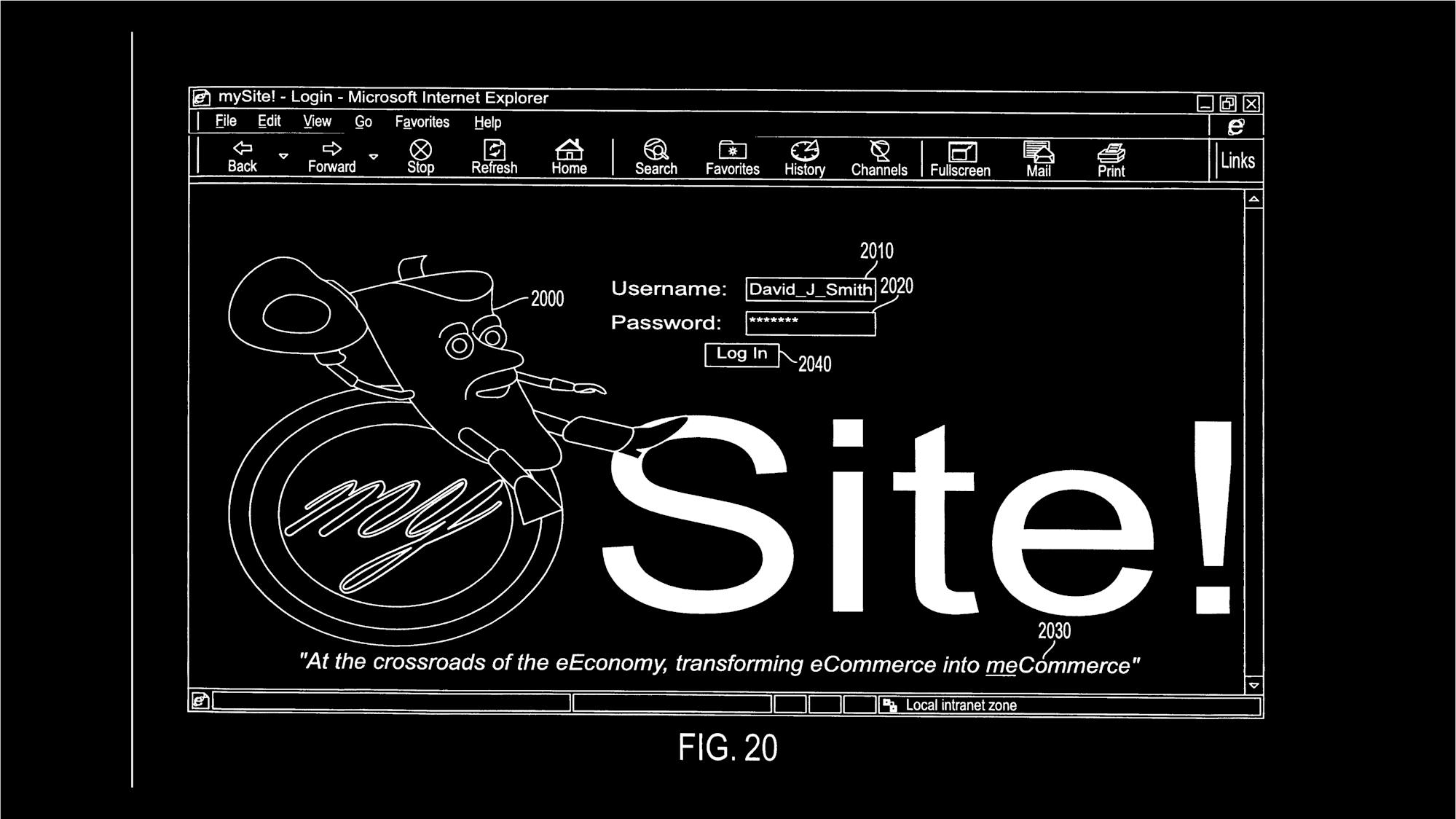
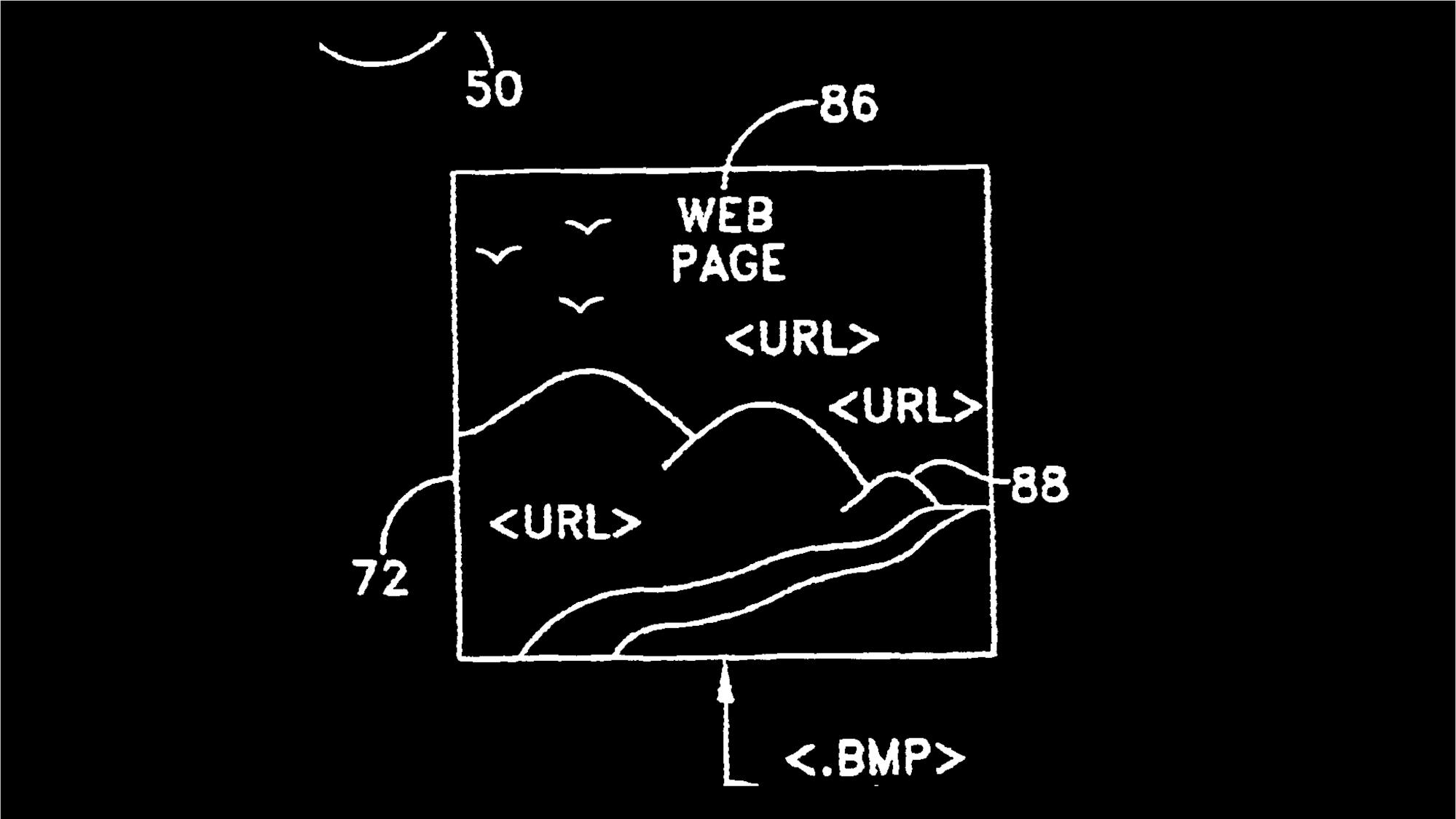
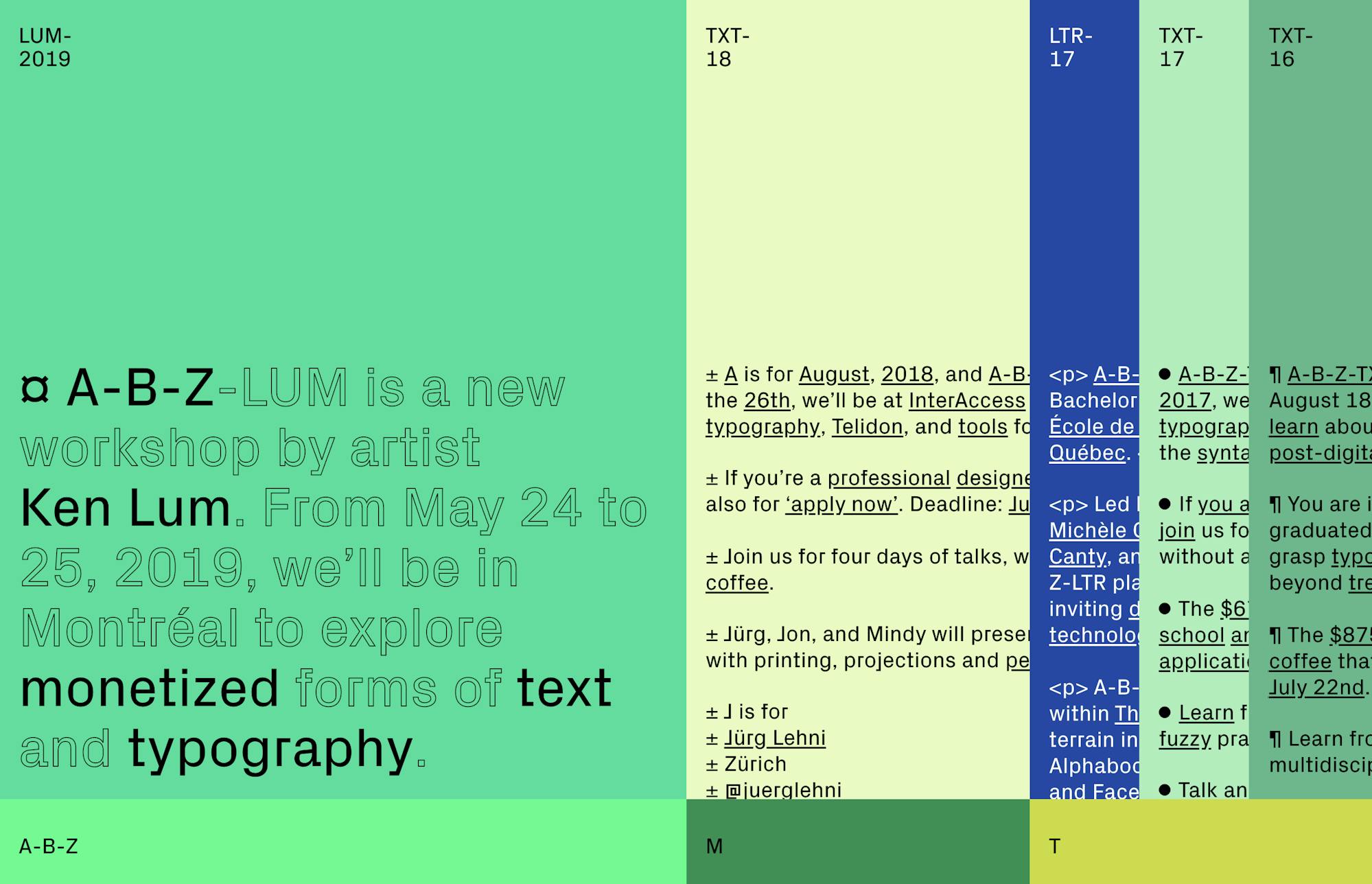
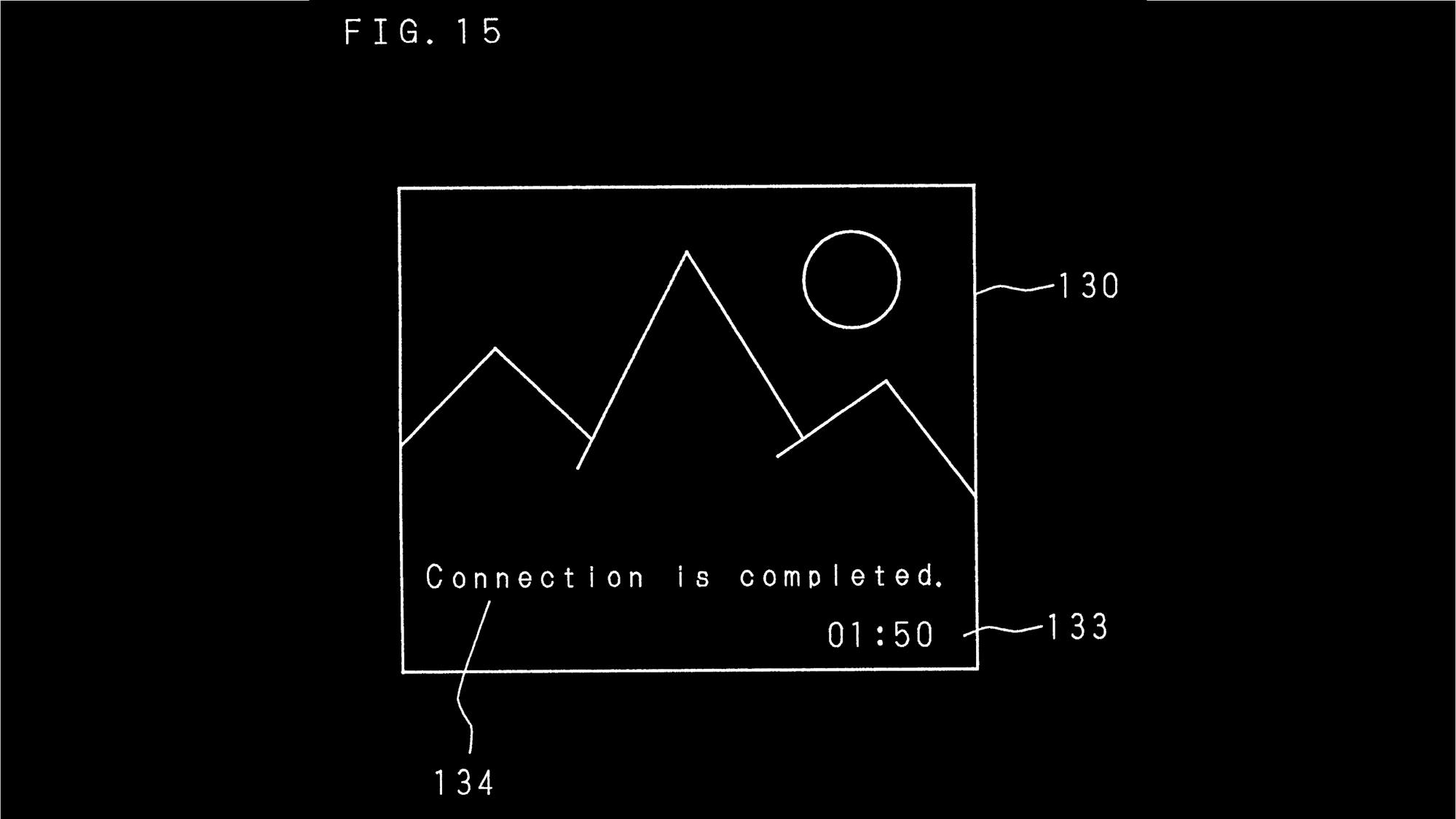
OP
You've had a less conventional route than most graphic designers. Can you speak about your journey and how it's led to where you are today?
XX
In retrospect, I think I’ve intentionally decided on a less conventional routes early in my practice out of being disinterested in operating exclusively as a graphic designer. Before art school, I’d spent a lot of my time thinking about relatively esoteric subject matter in a part of southern Ontario that is not the Greater Toronto Area. This sets the tone for wherever I’ve been and where I’m at with my practice—operating in the overlaps and non-definable spaces. I’ve had the opportunity to work with many people and organizations that have this perspective and the sum of all of those interactions have made my journey worthwhile.When I started out spent a lot of time thinking about graphic design through as many lenses as possible. At first, I believed that being a graphic designer meant a discrete set of tasks, tools, processes, and cultural references. The more time I spent on it, the more I felt its boundaries. This will become a regular pattern—knowing where things simply stop and finding a different vector of practice. I felt this way about graphic design as an industry early on and decided to avoid particular kinds of work and focus on research, methodologies, technology, and defining a novel design practice that is critical and adjacent to present. The practice I wanted, maybe naively, would exist outside of commercial work and reflect on alternative definitions of design. I stuck with academia for an extended time early in my career and had much luck in finding practices that I felt compelled in pursuing. The moment I’m current in feels distinct and, while reflecting with a friend, feels stumbled into. Design pedagogy, software, methods, decentralization, and infrastructure (in the broadest sense) are words that I’ve been thinking of most often lately. I stumbled away from graphic design and into something else and that feels intentional.
OP
What do you think about the Toronto design community? Where do you see it going in the future?
XX
I’ve always had one foot out the door with the Toronto community and can’t speak much to its current state without reflecting on the flatness of design discourse in Canada and recurring temperament for designers in Toronto trying to find, or establish, a community. I believe there is a community to be had in Toronto, but it’s really difficult to find a place in it when your practice is deliberately in operating beyond a set definition and in the weird spaces between disciplines. In the future, I hope there will be room for other practices and ways of defining community that is less specific to allow those who are neither designers, artists, technologists, organizers, researchers—finding connections and building alternative spaces that are pluralistic.
OP
What does your ideal version of the internet look like?
XX
I’ve been thinking about an ideal version of the internet through a bunch of different perspectives and each feels short of fully developing a coherent version and that seems okay. There are a few thoughts, and questions, that I really want to point to that feels related: How do we meaningfully talk about, and reference, the aesthetics of the early web but avoid applying it as a shorthand for nostalgia? How do we create alternative aesthetics that are of the networks? (referencing Hito Steyerl—swarm circulation, digital dispersion, fractured and flexible temporalities), and how could peers gather together more beautifully. Intertwingularity is a word that Ted Nelson uses in Computer Lib/Dream Machines and it feels in keeping to these ideas, or at least some parts of it: “In an important sense there are no "subjects" at all; there is only all knowledge, since the cross-connections among the myriad topics of this world simply cannot be divided up neatly.”
OP
Moving away from conventional graphic design career paths, how do you see your practice evolving in the future? What are some major targets?
XX
I see it moving towards more peripheral practices, which feels in keeping to my theme of working around edges and seams. What these practices look like is an unknown to me right now, but I can imagine them being grounded, thematically, around co-creation, workshops, thinking-while-making, and teaching. Reflecting on the past couple of years for me, it all feels related to finding those themes and getting more acquainted with practices that I feel has been just outside my understanding. I’ve also been thinking about writing as a mode of practice—taking a lot of learnings from others who have committed to writing newsletters at a regular cadence for the sake of articulating ideas both fully formed and half-thought. I believe I’m still far out from that kind of practice.
OP
What advice or insights would you share for those interested in community-building?
XX
It takes time to find the right ways, and language, to communicate intent, especially when you’re trying to do something that is cross-disciplinary. It’s tempting to build through the lense of another community that one admires, but I’ll advocate to being responsive to what is most immediate. One of the things that I’d also think about is the importance of space, both digitally and offline. There's value in developing both, but each have different qualities and simply mimicking one into another hasn’t been an ideal practice yet. That said, I think there one should experiment in different ways of building communities. It feels like there are methods and scenarios that have yet to be realized and I wish designers, artists, and adjacent practitioners, are able to realize those scenarios, and methods, as part of their practice. It sometimes feels like it takes one moment, space, and prompt to build something that resembles community.
